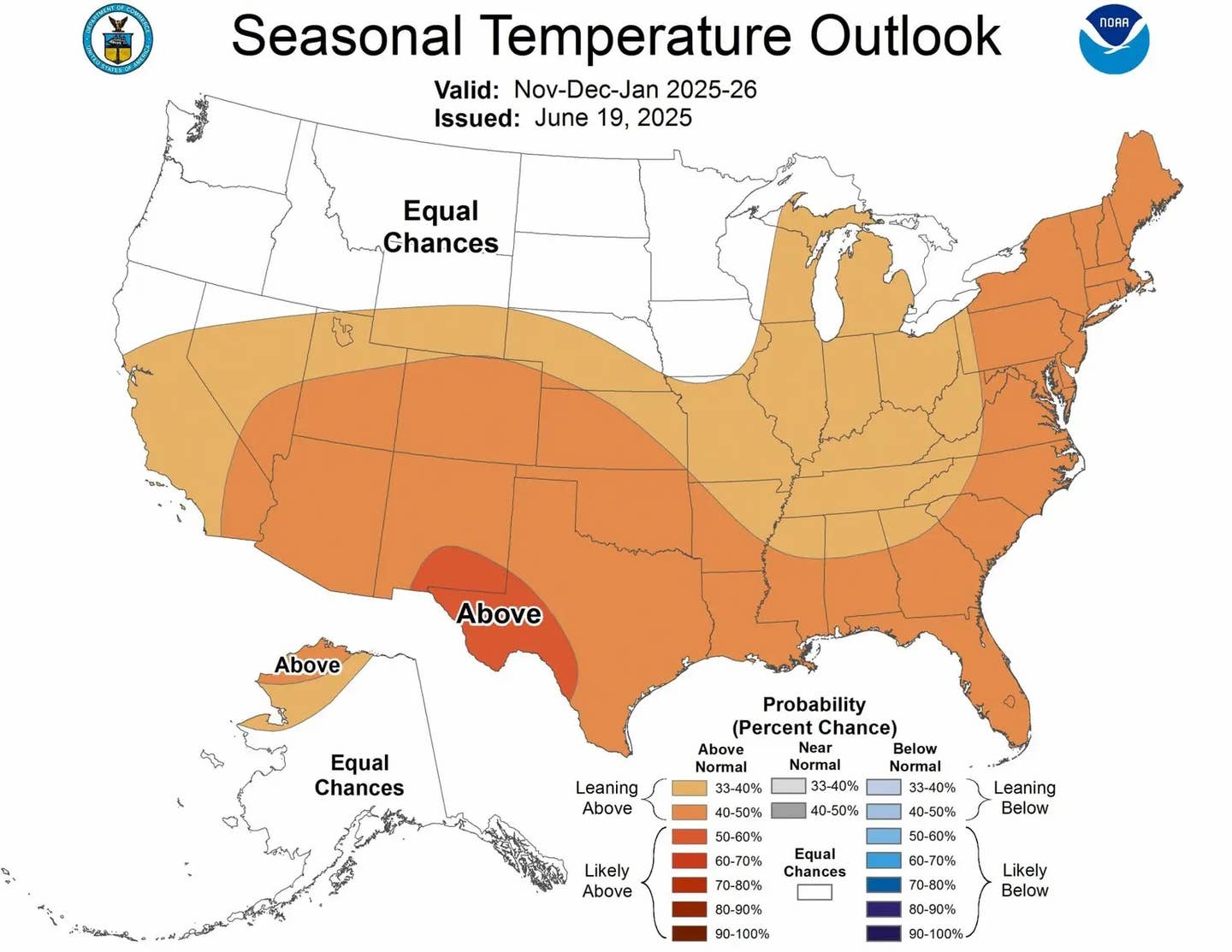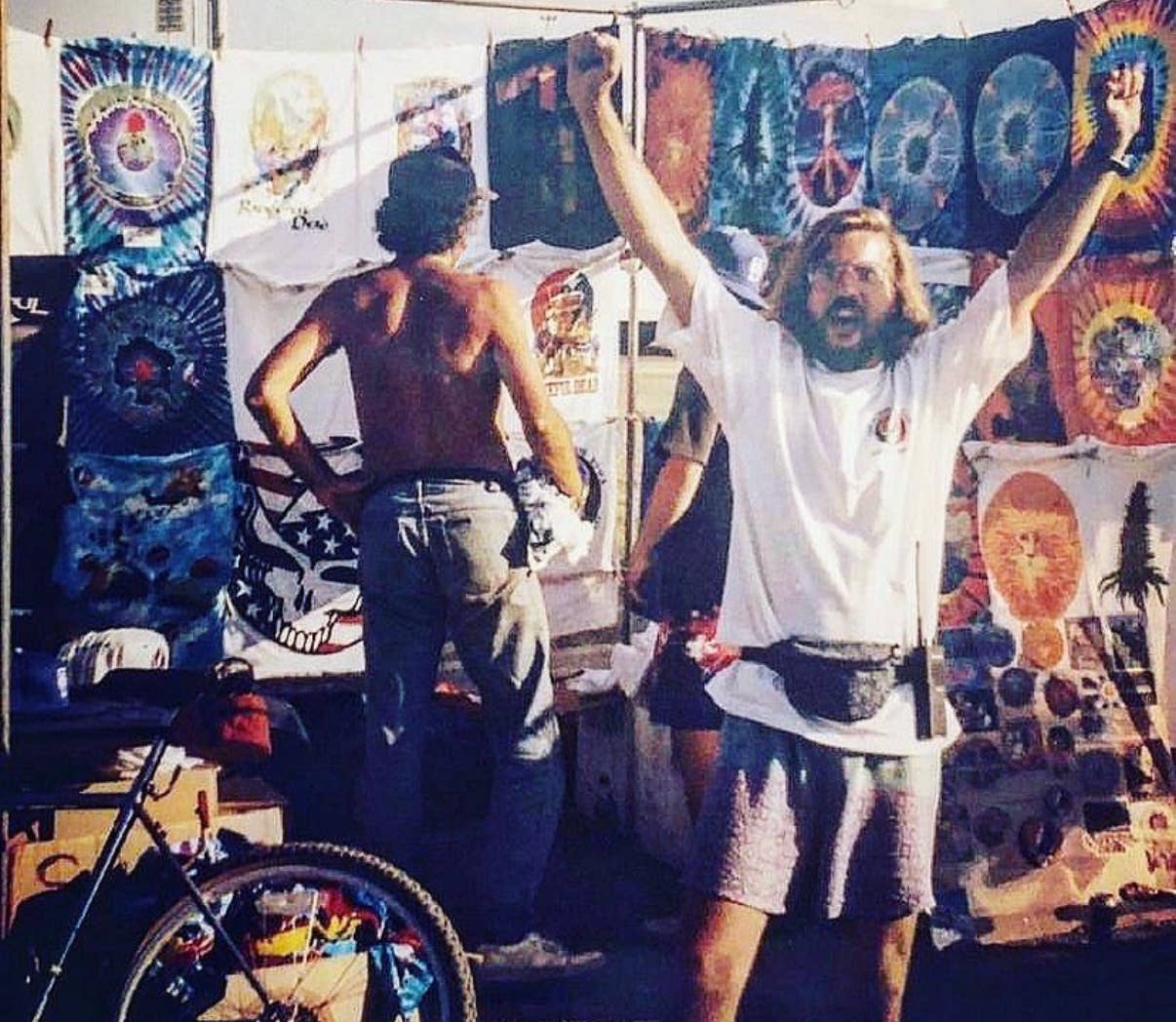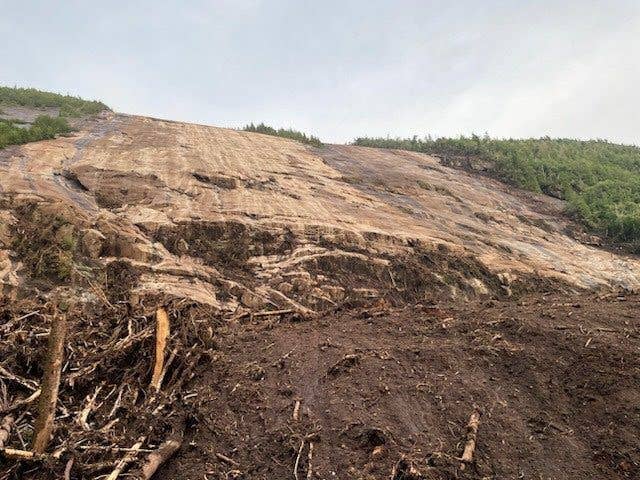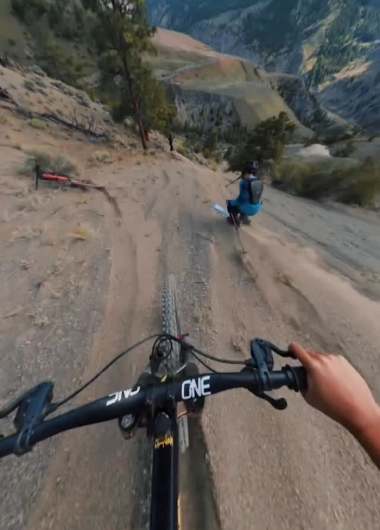Popular Stories

San Gil is the outdoor sports capital of Colombia, offering
access to whitewater rafting, whitewater kayaking, paragliding, caving,
mountain biking, hiking, and climbing. Nestled in the Andean Cordillera
Oriental, the temperatures hover around 80-90 degrees Farenheight, year round,
day and night. An altitude of 3600 feet keeps the mosquitos and humidity, which
you might think unavoidable this close to the equator, to a minimum, and while
it rains frequently it's rarely for more than an hour in late afternoon.
Food
 The steep, shred-prone streets of San Gil. Photo by Inés Fernández
The steep, shred-prone streets of San Gil. Photo by Inés Fernández
The town has some great food, especially given its size.
Elementales is a fantastic vegetarian restaurant featuring healthy variations
on local cuisine. Gringo Mike's offers, as you might have guessed, American
fare with amazing hamburgers, burritos, and deserts. Huge portions are sure to
help you recover from your last adventure and fuel your next one. A small
Taoist restaurant materializes daily for an hour-and-a-half during lunch,
two-and-a-half blocks from the east edge of town on the south side of Carrerra
9. Unfortunately if you miss that window all you'll see is a bakery next door.
Don't leave town without trying the local delicacy “hormigas culonas.”
Translating basically to “big-ass ants,” these fried insects don't taste like
much but where else are you going to eat a large ant?
If you're looking for a challenge have a local direct you to a camino real. These trails were hand-paved with rocks around two hundred years ago and served as the main routes of transportation for goat herders of the time between different villages. Some have been restored as historical sites, but the vast majority offer extremely technical descents.
Recreation
Macondo Hostel offers Tejo Tuesdays as a chance for
travelers to learn and play the local game of Tejo. Basically you throw heavy
discs at gunpowder, and it's free to play with the purchase of beer. Alcohol,
airborn rocks, and live gunpowder – what's not to love?

The natural swimming holes at Curati are a great way to
spend a day relaxing. Take a 20-minute bus ride to the town of Curati, and then
flag a taxi for another 10 minute ride to the creek. Walk upstream as far as
you want and you'll find natural pools with decreasing amounts of people. There
are some good cliff jumping spots available, but always check the water first.
People congregate in the main square every weekend evening
to start the party so get a cerveza or rum at a local corner store and hang out
in the beautiful mountain air. Afterwards take a short taxi ride to La Isla – a
large gas station with night clubs on the edge. You read that right – the main
club area is at a gas station.
Mountain Biking
 Colombian Bike Junkies' CNG-powered shuttle truck will get you up any rowdy Colombian dirt road your downhilling chops demand.
Colombian Bike Junkies' CNG-powered shuttle truck will get you up any rowdy Colombian dirt road your downhilling chops demand.
There's lots of riding opportunities for cyclists of all
levels around San Gil. Colombian Bike Junkies offers comprehensive tour
options, has a complete rental fleet of Kona full-suspension mountain bikes, and will shuttle you around for some lengthy downhill runs using their old CNG-powered Land Rover.
Dirt roads

Exploring the dirt roads around town offers endless
opportunity for adventure. Serving mainly as residential roads leading to small
farms (called “fincas”), these roads have minimal, slow-moving traffic. There
are many small towns within a short ride all offering their own local culture.
Locals are happy to help with navigation, though most would rather give
incorrect information than admit they don't know where something is so always
check with at least two people. Another great navigational aide are the radio
towers above San Gil which can be seen from most ridge lines in the area.
 Mind the locals when you're cranking around corners in San Gil...
Mind the locals when you're cranking around corners in San Gil...
Join Our Newsletter
You
can expect to see grazing farm animals and coffee, cacao, and tobacco farms on
the hillsides. Farmers will sometimes tie animals to fence posts with enough
rope to cross the road, so beware of choke-lines when descending with
speed.
Camino Reals
 John Butler blasting down a camino real outside San Gil.
John Butler blasting down a camino real outside San Gil.
If you're looking for a challenge have a local direct you to
a camino real. These trails were hand-paved with rocks around two hundred years ago and
served as the main routes of transportation for goat herders of the time between different villages. Some
have been restored as historical sites, but the vast majority offer extremely
technical descents.
 Jamie Price learns there's no Spanish translation for "flow trail" near San Gil.
Jamie Price learns there's no Spanish translation for "flow trail" near San Gil.
They're much too steep to ride up, so take dirt roads to the
top. In a few hours you can log several laps of tranquil dirt-road ascents and
screaming, adrenaline-infused downhill runs. Some of the local riders have
built jumps and berms into their favorite trails – if you befriend one of them
they just might show you their latest project.
 Steep shots, off-camber turns and loose dirt make the camino reals the real deal when it comes to raw downhilling. Rider: John Butler
Steep shots, off-camber turns and loose dirt make the camino reals the real deal when it comes to raw downhilling. Rider: John Butler
You'll never find a car or motorcycle on these trails, but
the locals certainly aren't expecting a bicycle either. They'll step to the
side but give them a minute - everything moves slower here and “Strava run!”
doesn't translate into Spanish well.
 Contributor Matt Hayes rallies into the start of the legendary Pidigua trail, one of the rowdiest around. John Butler photo.
Contributor Matt Hayes rallies into the start of the legendary Pidigua trail, one of the rowdiest around. John Butler photo.
Street riding
 Matt jibs the streets of San Gil. "Every South American town I've seen looks like it was designed by a skate park engineer." John Butler photo.
Matt jibs the streets of San Gil. "Every South American town I've seen looks like it was designed by a skate park engineer." John Butler photo.
Every South American town I've seen looks like it was designed
by a skate park engineer. San Gil is built on a mountain side so drops, wall
rides, and an epic set of stairs are all gravity-fed with sloped landings in
the street. People are generally very supportive and even excited to watch
riders as long as you're respectful. With a simple and courteous request,
people have allowed riders on their property, moved their car away from a
landing, or even held traffic so a couple crazy gringos could have fun. The
stairset is easy to locate, but the best way to find features is simply walk
the streets.






